Pain is never just a physical sensation. It is shaped by brain activity, emotional states, previous trauma, and even cultural norms. For example, a study in Sweden found that chronic pain patients who practiced daily journaling reported reduced discomfort after six weeks. Meanwhile, in Japan, traditional Kampo medicine approaches pain by addressing internal energy balance, not only physical symptoms. Understanding pain as a brain-mediated experience opens the door to multiple non-opioid solutions.
Cognitive-behavioral therapy changes how pain is perceived
In the United States, cognitive-behavioral therapy (CBT) is increasingly used in hospitals as a first-line treatment for chronic back and joint pain. CBT helps patients reframe thoughts about pain, reduce fear of movement, and increase daily function. Clinics in Canada have implemented group-based CBT sessions with measurable results in reducing pain intensity scores. When combined with physical activity, CBT creates lasting changes in how patients live with pain.
Physical therapy restores function and improves long-term outcomes
Across Europe, physical therapy is often prioritized before any medication is prescribed. In Germany, national guidelines require that physical therapy be tried for at least six weeks before considering pharmacological intervention. Modalities such as manual therapy, graded movement, aquatic exercise, and neuromuscular re-education target both mechanical and neurological pain pathways. In Australia, physical therapists also incorporate mindfulness techniques during sessions to help patients tolerate discomfort and avoid pain catastrophizing.
Acupuncture offers clinically backed relief in diverse populations
Acupuncture is no longer considered alternative in many health systems. The UK’s National Health Service (NHS) now funds acupuncture for chronic headaches and musculoskeletal disorders. In South Korea, national health insurance covers acupuncture for back and neck pain, and research there shows comparable efficacy to nonsteroidal anti-inflammatory drugs (NSAIDs). The underlying theory is that stimulating specific points balances the body’s energy and triggers endorphin release. Modern imaging studies confirm acupuncture activates brain regions involved in pain modulation.
TENS therapy provides non-invasive, at-home relief
Transcutaneous electrical nerve stimulation (TENS) devices deliver mild electrical pulses that disrupt pain signaling. Widely used in Brazil for post-surgical and musculoskeletal pain, TENS units have gained popularity among patients managing arthritis or neuropathy at home. Hospitals in France now provide TENS devices to women in labor, reducing reliance on epidurals. These devices are portable, cost-effective, and often help reduce overall pain medication use.
Meditation and breathwork regulate pain through nervous system balance
Mindfulness-based stress reduction (MBSR) programs have shown strong evidence in managing pain without medication. Hospitals in India, the Netherlands, and the United States offer these courses for patients with fibromyalgia, migraines, and cancer-related pain. In one Dutch trial, patients with chronic pelvic pain who meditated daily experienced lower pain scores and improved mood within eight weeks. Deep breathing techniques activate the parasympathetic nervous system, shifting the body out of the fight-or-flight state associated with chronic discomfort.
Diet and inflammation control play a bigger role than often acknowledged
In Italy, rheumatologists treating chronic joint pain have increasingly emphasized Mediterranean-style diets rich in anti-inflammatory foods. In the United States, integrative clinics are now using elimination diets to identify food triggers in patients with migraines and fibromyalgia. Sugar, gluten, and processed fats can amplify pain perception through systemic inflammation. Proper hydration and nutrient balance also support nerve and muscle health. Managing diet is not a magic bullet, but it provides a critical foundation for pain resilience.
Movement therapies support both body and mood
In China, traditional Tai Chi has been adapted for use in hospitals to support patients with arthritis and neuropathy. Regular practice improves balance, flexibility, and proprioception, all of which can reduce pain-related disability. In Denmark, dance therapy is used in rehabilitation centers to help patients recover from surgery while maintaining emotional well-being. Gentle movement reduces stiffness and provides a positive sensory experience, breaking the cycle of pain-avoidance and deconditioning.
Peer support and education shift the patient’s mindset
In South Africa, rural clinics have created pain education circles where patients share experiences and learn how pain works. These groups focus on explaining that pain doesn’t always signal damage, which reduces fear and helplessness. Similar initiatives in Canada, called “Pain Schools,” teach skills like pacing, goal-setting, and flare-up management. Patients report improved confidence and reduced use of pain medications after attending. These programs create community and reinforce active coping strategies.
Multi-modal strategies are the future of pain care
Global health systems are increasingly adopting multi-modal protocols—combining physical therapy, psychological support, lifestyle coaching, and occasional non-opioid medications. In Singapore, hospitals have created pain management teams with anesthesiologists, physiotherapists, and psychologists working together. In Turkey, university hospitals now implement non-pharmaceutical interventions for post-operative care, reducing narcotic prescriptions by up to 40 percent. This holistic model acknowledges that pain is personal and must be treated with equal complexity.
